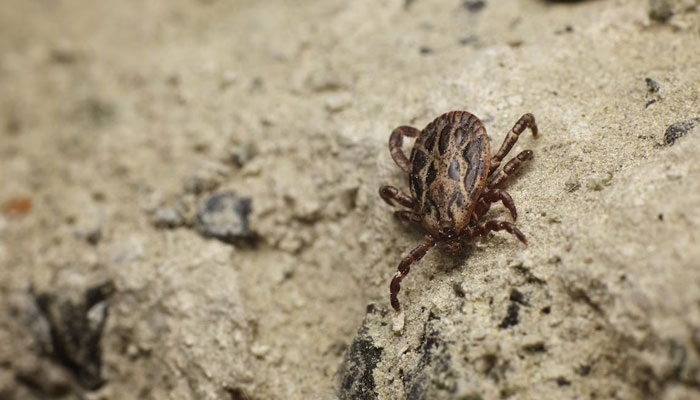CCHF virus: New deadly virus spreading across Europe due to climate change
With the recent deadly heatwave baking the region, the United Kingdom and various parts of Europe are becoming the ideal habitat for ticks that carry the Crimean–Congo hemorrhagic fever, or CCHF virus, which can be fatal in the worst cases, as a result of warmer temperatures.
Scientists believe that as a result of climate change, the deadly disease carried by ticks that is typically found in warmer regions like the Balkans, Africa, Asia, and the Middle East may soon spread throughout all of Europe.
The World Health Organisation (WHO) has designated CCHF as one of its nine “priority diseases,” and experts have been raising concerns about its potential spread.
The diseases on the list are those that the organisation believes pose the greatest risks to the general public’s health.
The deadly disease was already reported in Spain last year, so the warnings from scientists do not apply to some hypothetical future; rather, they apply to what is currently occurring in Europe.
According to Euro News, the nation’s first CCHF cases were discovered in 2011 and 2016. Following a tick bite in Spain in 2016, a man was diagnosed with the illness and later passed away.
Ali Mirazimi, a virologist at the Karolinska Institute in Sweden, stated in an interview with Modern Diplomacy in April that ticks carrying the virus were “moving up through Europe due to climate change, with longer and drier summers.”
Recently, CCHF has been found in Iraq and Namibia, and two fatal cases have reportedly occurred in Pakistan. Iraq experienced a surge in CCHF cases last year, with 212 incidents total between January 1 and May 22 being documented. There have already been 100 cases this year, with 13 fatalities.
What is CCHF?
The name “CCHF” comes from the Crimea, where it was first discovered in 1944.
Nairovirus, a member of the Bunyaviridae family of viruses that is transmitted by ticks, is the root cause.
The virus has a fatality rate of 10 to 40% and is responsible for severe viral hemorrhagic fever outbreaks, which are characterised by high fever, headaches, back and joint pain, nausea, and vomiting.
According to the WHO, additional symptoms brought on by the virus include sensory perceptions, mood swings, and jaundice in severe cases.
Cattle, sheep, and goats are susceptible to the CCHF virus, which can be contracted by humans through tick bites or contact with infected animal blood or tissue, and most cases involve slaughterhouse workers and veterinarians.
The incubation period for the virus in humans is 3–9 days, and transmission occurs through contact with infected individuals’ blood or bodily fluids. Although recoveries occur within the ninth or tenth day, those who succumb to the disease die in the second week.
Safety measures to protect yourself from CCHF
Do not stress because the antiviral medication ribavirin has been shown to be successful in treating CCHF, should it develop in you.
Despite the fact that an inactivated vaccine has been created and is only currently being used sparingly in eastern Europe, the WHO reports that there is currently “no safe and effective vaccine widely available for human use.”
You can, however, take a number of precautions to lower your risk of infection and prevent being bitten by ticks.
Wear long sleeves and long pants, as well as generally light-colored clothing, if you are in an area that is prone to having ticks, such as the countryside, grassy parks, or a similar area, which will help you easily spot ticks.
In addition to tick repellents and tools for safe tick removal, sprays are also available to kill ticks. Tossing them away runs the risk of leaving some of their bodies inside your skin, so use caution.
It is recommended that anyone working with cattle or other CCHF-affected animals do so while donning safety gear, including gloves and clothing.
For all the latest health News Click Here


